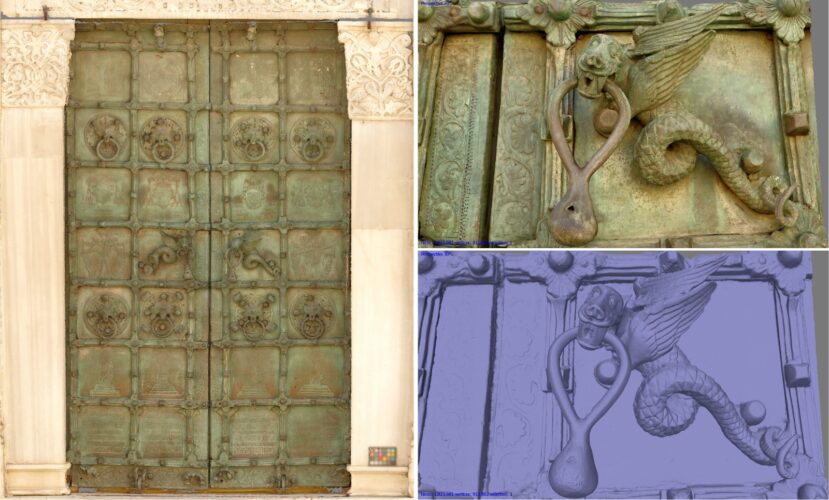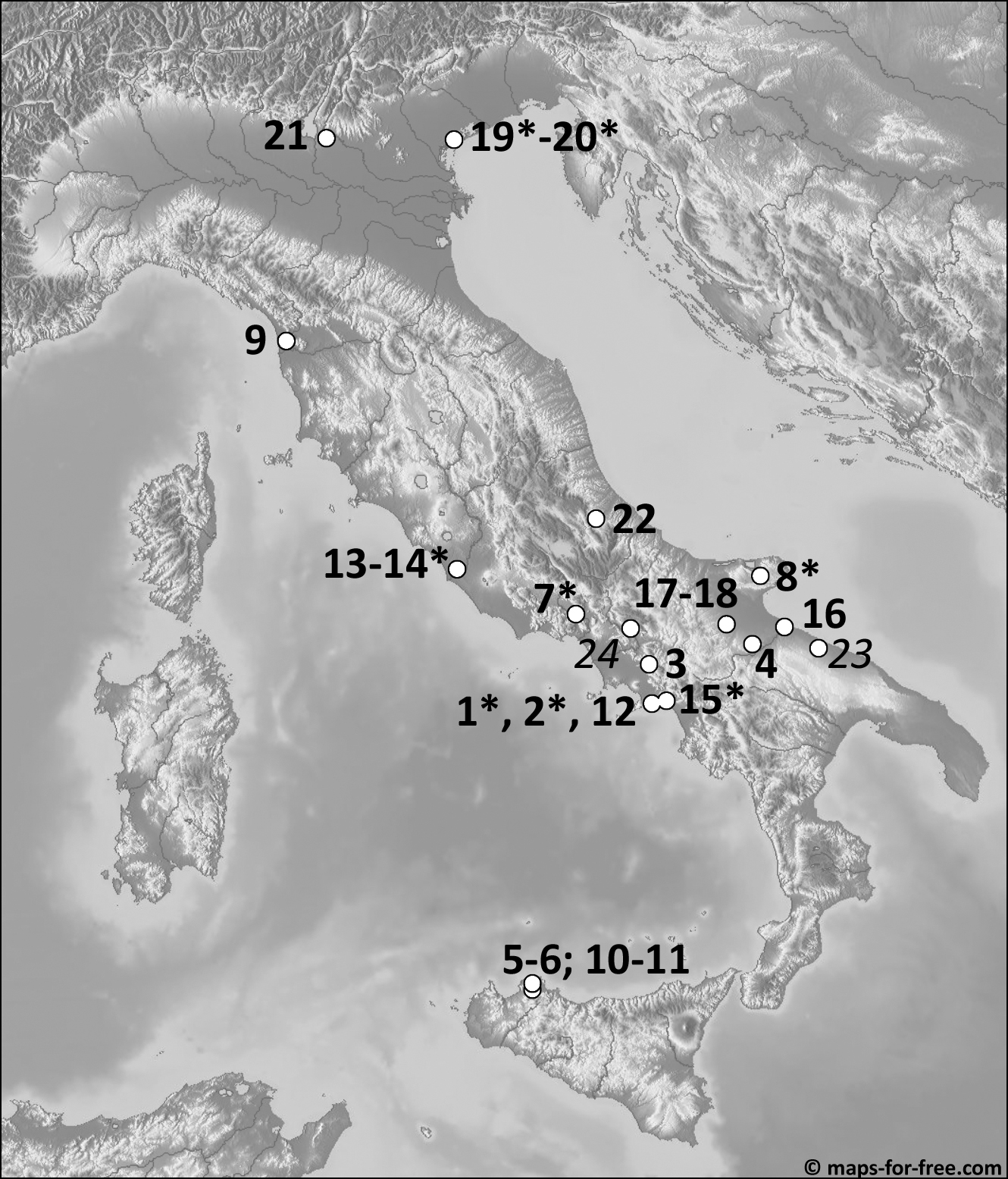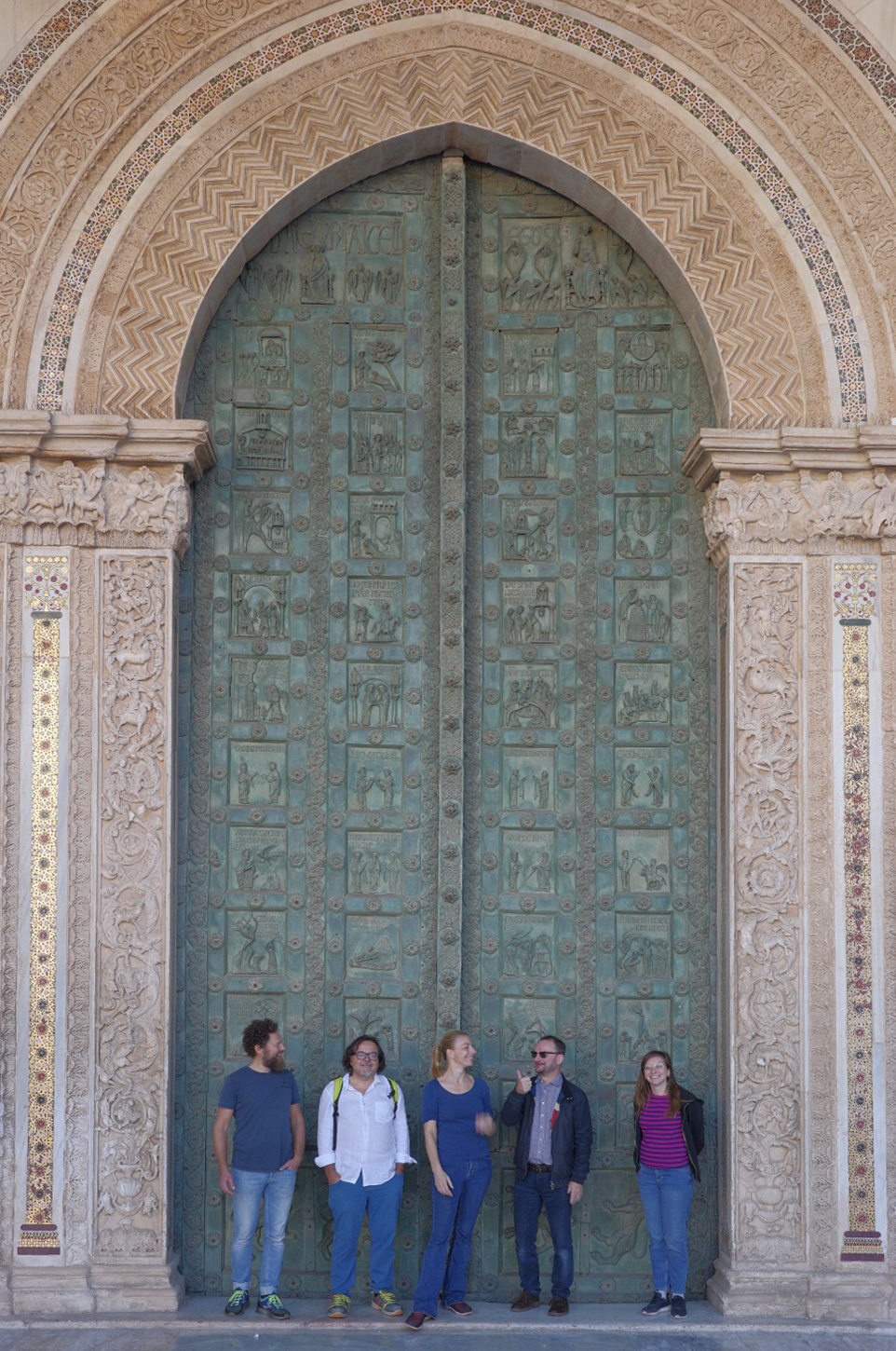Doors are and were mostly made of wood; only in special cases were they made of bronze in the past. In antiquity, for example, these were selected doors in temples or palaces. This tradition was consciously continued in the Middle Ages, especially by the church. Here, the doors, which were usually decorated with pictorial representations of biblical scenes, still had a liturgical-ritual significance, as they were also regarded as gates to paradise. The bronze doors still preserved today represent the only surviving complex of large bronzes from the Middle Ages in Europe; most of them date to the 11th-12th centuries.




